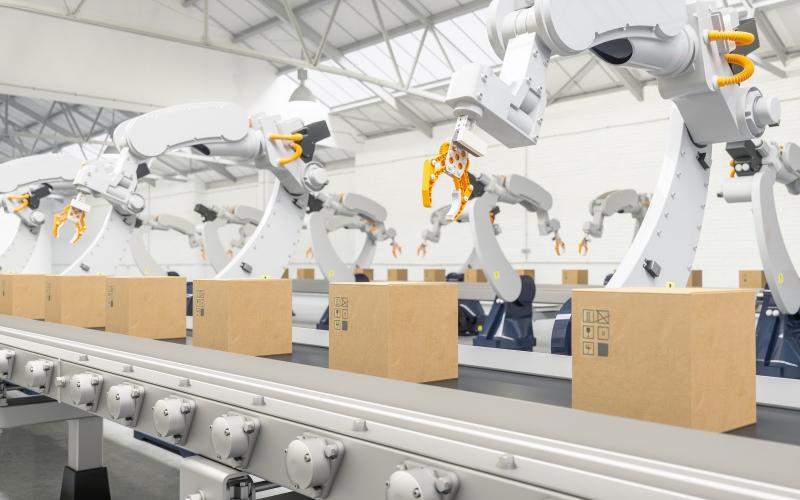The HR Headaches Robotics Can Help Solve
There are numerous fields that lend themselves well to the use of robotics and automation technology - mining and resource extraction being two of many that come quickly to mind. But what about some of the more vital human roles; could they too be fulfilled using an AI-based workforce? When it comes to a field that is largely viewed as the polar opposite of robotic technology, human resources (HR) is considered by and large to be a role that can only be fulfilled by, well, humans. It might surprise you to learn however that AI, robotics, and machine learning actually offer up some pretty interesting possibilities for managing a workforce. If you’ve had trouble with any of the following in your business, perhaps there’s room on your team for robotics training and a robotic human resource asset.

Employee Retention
One of the biggest challenges a unit manager or business owner is constantly waging war against is finding and retaining the best talent available within the hiring pool. Sure, you want to find and hire the individual who possesses the most desirable and leverageable skillset, but if the candidate doesn’t gel well with the rest of the team it’s just a matter of time before you’re dealing with conflict within the office or worse, high turnover. By applying artificial intelligence and machine learning programs you can find the employee with the highest skillset who will fit best within the dynamic of your existing team.
Using robotics to do the dirtiest and dangerous portions of the job will also help ensure your human workforce sticks around longer. Since they won’t have to complete the more repetitive or physically demanding tasks, they’ll feel as though their safety and well being are being prioritized and they can focus their attention on higher-value tasks.
Reduction of Human Error
It goes without saying that robotics are intrinsically better at completing the same task over and over again with an expected degree of quality. Humans, on the other hand, are slower, get distracted, and the rate of production will vary throughout the day. Companies, from the small local venture to the international conglomerate rely on human workers to oversee the payroll and benefits system administration. If there is a clerical error, it could take days or even weeks to untangle. Even the smallest data entry error could cause a great deal of stress and hardship on some or even all of your workforce if their compensation isn’t accurate.
The other (somewhat obvious) benefit of infusing your workforce with some automation tech, is that it can drastically reduce the number of lost-time injuries that occur on the job. Granted, preventing these sorts of things is not exactly for the strict benefit of the HR department, but the reduction of lost-time injuries means that a relatively small HR team will need to submit and oversee fewer injury claims - time that could be spent improving working conditions in other areas, bolstering new hire training, or rolling out new initiatives.
Data Analysis
Traditionally, HR wasn’t involved much in the analysis of data, but these days, the HR team is taking on a larger role in the planning and development of new projects, particularly as it relates to things like cost projections, risk assessments, and so on. Robots can quickly and efficiently crosscheck internal data with external data and generate desired reports, allowing the human members of the team the freedom to work on some of the more nuanced processes. When it comes to hiring decisions, it’s fair to say that robots are far less biased than their human counterparts. Yes, robots can crunch data with lightning speed and unrivalled efficiency, but studies have also shown that robots are also much better at making hiring decisions simply because they can compile all the data related to each applicant and come up with the best person for the role. Though it may sound controversial and it might not be the reason that so many people are enrolling in the automation courses, there is a real need for this kind of AI intervention in many industries across the globe.
There are no shortage of issues HR has to deal with on a daily, weekly, and monthly basis. With the use of robotics and AI, HR can tackle these problems with a focus on efficiency and performance. The implementation of these programs and robotics technicians will not only free up some time for the HR team, they will systematically increase efficiencies across the organization.
